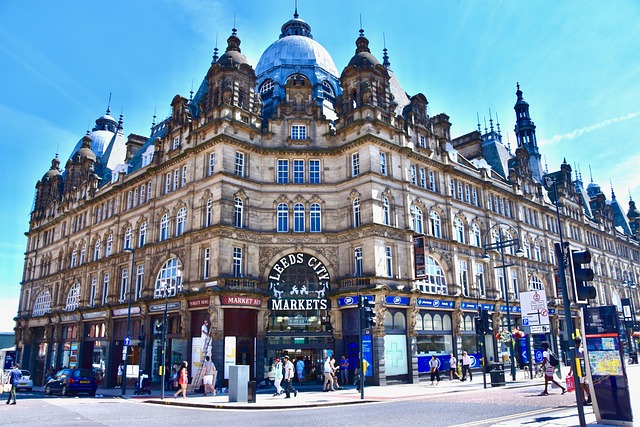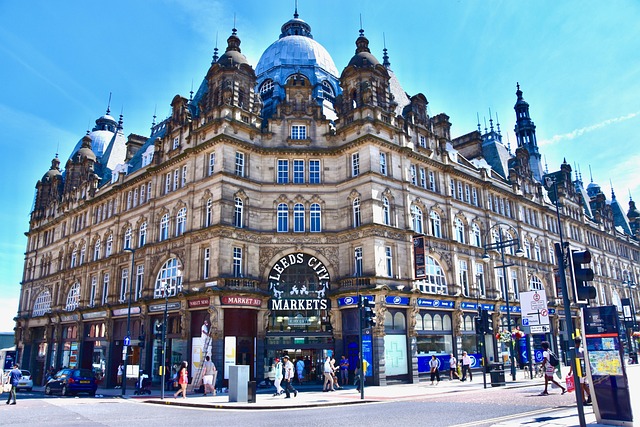The real estate sector is embracing green building practices with a growing emphasis on sustainability. This revolutionary trend aims to minimize environmental impact while creating healthier spaces by implementing eco-friendly design and resource-efficient strategies, such as energy-smart systems, sustainable materials, and water conservation. Key benefits include cost savings, higher property values, and improved tenant retention, aligning with the rising demand for environmentally conscious living and working environments. Sustainable construction focuses on integrating renewable energy sources, using eco-friendly materials, and implementing smart building systems for long-term financial and environmental advantages.
In today’s evolving landscape, sustainable construction is not just an environmental imperative but a smart investment for real estate developers. This article explores “Embracing Green Building Practices in Real Estate”, delving into “Key Strategies for Sustainable Construction Design” and highlighting the far-reaching “Impact and Benefits of Resource-Smart Development”. By adopting resource-smart approaches, developers can create resilient properties that cater to the future while reducing their environmental footprint.
Embracing Green Building Practices in Real Estate

In the dynamic realm of real estate, a significant shift towards sustainable and environmentally conscious practices is gaining momentum. Green building has emerged as a game-changer, offering innovative solutions to reduce the industry’s carbon footprint. By embracing eco-friendly design and construction methods, developers and architects are not only creating spaces that are healthier for occupants but also contributing to a more resilient future.
This paradigm shift involves incorporating resource-smart strategies such as energy-efficient systems, sustainable materials, and water conservation measures. Real Estate professionals are recognizing the long-term benefits of these practices, including reduced operational costs, enhanced property values, and improved tenant satisfaction. As consumers become increasingly conscious of their environmental impact, green buildings offer a competitive edge, catering to the growing demand for sustainable living and work spaces.
Key Strategies for Sustainable Construction Design

Sustainable construction design involves a thoughtful approach that prioritizes minimizing environmental impact while optimizing resource efficiency. Key strategies include integrating renewable energy sources, such as solar panels and wind turbines, to reduce carbon footprint. Utilizing eco-friendly materials like recycled steel, bamboo, and local timber not only diminishes the need for extensive transportation but also lowers embodied energy consumption.
Smart building systems, including efficient lighting, heating, and ventilation mechanisms, play a pivotal role in energy conservation. Additionally, water-saving fixtures and rainwater harvesting systems can significantly cut down freshwater usage. In real estate, embracing these strategies not only contributes to a greener planet but also offers long-term financial benefits through reduced operational costs and enhanced property values.
The Impact and Benefits of Resource-Smart Development

The shift towards resource-smart construction in real estate is a necessary step towards a more sustainable future. This approach prioritises efficiency and minimises waste, focusing on using materials and methods that have a lower environmental impact. By adopting such practices, developers and builders can reduce their carbon footprint significantly. Resource-smart development involves innovative techniques like recycling existing structures, incorporating renewable energy sources, and selecting eco-friendly materials, ensuring a more harmonious relationship between buildings and the natural environment.
Benefits are multi-faceted; it not only reduces operational costs for property owners but also contributes to long-term environmental sustainability. These projects can foster community resilience against climate change by offering efficient energy use and improved air quality. Moreover, they often lead to enhanced property values and increased tenant satisfaction due to their health and wellness benefits, creating a win-win scenario for both developers and residents alike.






